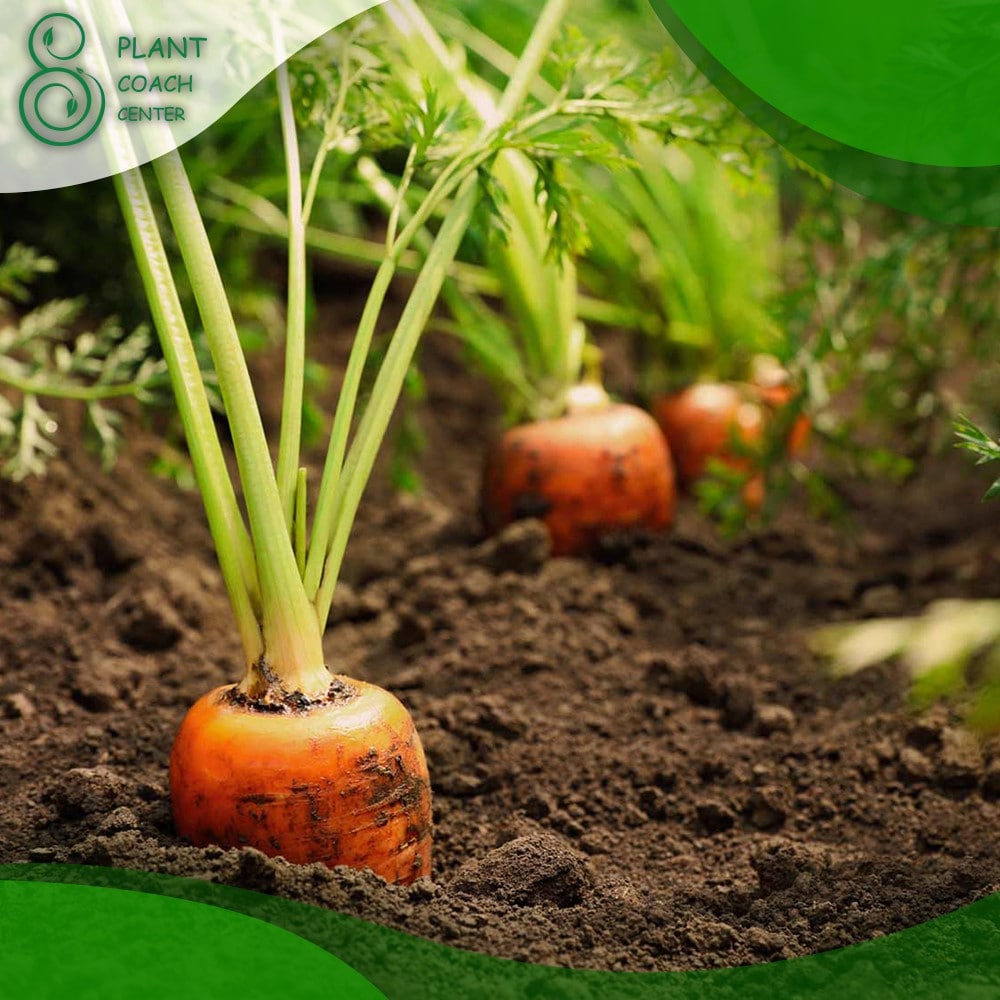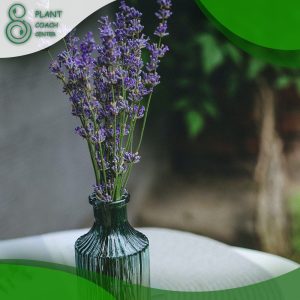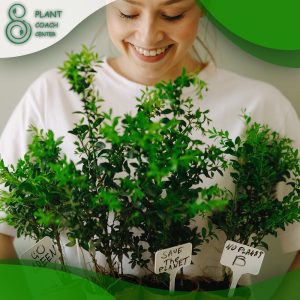When Should I Plant Carrots?
Embarking on the journey of nurturing your garden is a delightful endeavor, and what better way to start than by growing the vibrant and versatile carrot? Whether you’re an enthusiastic novice or a seasoned green thumb, the question of when to plant carrots is crucial for a bountiful harvest. Picture the crisp, earthy sweetness of freshly pulled carrots gracing your dishes – a reward well worth the effort.
In this guide, we will unravel the mystery of timing, sharing insights into the art of carrot cultivation that extends far beyond the ordinary. From uncovering the secrets of different carrot varieties to mastering the dance between weather, soil, and sowing, we’ll equip you with the knowledge to sow success right from the start. Whether you’re yearning for the early vibrancy of spring crops or the robust flavors of fall-harvested gems, get ready to unearth a spectrum of possibilities as we delve into the enchanting world of planting carrots.
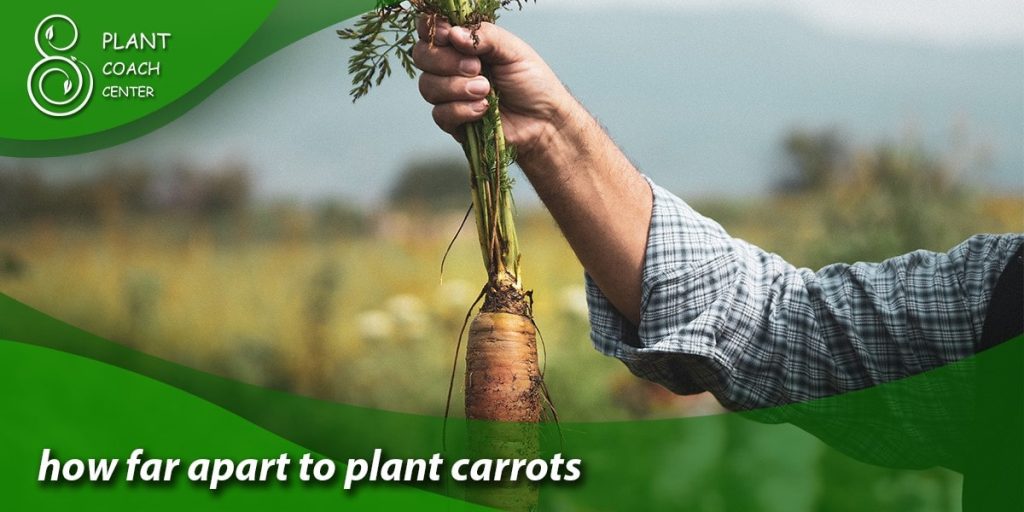
Carrot Varieties and Their Ideal Planting Windows
Carrots come in a splendid array of shapes, sizes, and colors, each with a unique flavor profile and growth requirements. Understanding the nuances of different carrot varieties and their preferred planting seasons can significantly impact the success of your harvest.
Early Nantes
Early Nantes carrots might be your top pick to start your gardening season with a burst of color and flavor. These dainty orange roots thrive when planted as soon as the soil can be worked in the spring. Their short maturity period means you can enjoy their sweet, tender crunch in just a few weeks.
Chantenay
For those looking for a carrot that’s both flavorful and forgiving, Chantenay varieties fit the bill. Chantenay carrots are ideal for heavy or shallow soils with stout, cylindrical shapes. Plant them in early spring or late summer for a harvest that balances sweetness and earthy richness.
Danvers
Robust and adaptable, Danvers carrots are a classic choice for gardeners seeking versatility. These tapered orange delights can handle various soil types and climates. For a prolonged harvest, stagger plantings from early spring through early summer.
Imperator
If patience is your virtue, consider the Imperator carrot. These long, slender roots require a longer growing season and are best sown in early spring. Their impressive size and sweet taste make them popular for fresh consumption and processing.
Bolero
Fall gardening enthusiasts will appreciate the Bolero carrot’s affinity for cooler temperatures. Plant these in late summer for a harvest that intensifies in flavor as the weather cools. Bolero carrots boast a smooth texture and are known for their strong disease resistance.
Cosmic Purple
Step into the world of vibrant hues with the Cosmic Purple carrot. This visually striking variety is perfect for adding color to your garden and plate. Sow seeds in early spring for a later summer harvest, and relish in the slightly spicy flavor accompanying these purple wonders.
Napoli
As the gardening season winds down, the Napoli carrot takes center stage. Best sown in late summer, Napoli carrots thrive in cooler weather, acquiring a delicious sweetness and crisp texture. Their resistance to splitting makes them an excellent choice for the fall garden.
Weather and Soil Conditions
Carrots may be humble in appearance, but they have their own preferences regarding weather and soil. Mastering the art of carrot cultivation involves tuning in to these natural cues to ensure a thriving harvest.
Soil Temperature
Carrots are particular about the temperature of their living quarters. The ideal soil temperature for carrot seeds to germinate is between 50°F (10°C) and 85°F (29°C). Planting too early in cold soil can lead to slow germination or even rot while growing in too warm soil might result in poor seedling development.
Soil Texture and Drainage
Carrots are root vegetables and are pretty finicky about the soil they call home. Loose, well-draining soil is necessary, as compacted ground can lead to misshapen roots. Amending heavy or clay soils with compost or sand can create the right texture for carrots to grow straight and true.
Moisture Management
Consistent moisture is essential for successful carrot growth, especially during germination. However, avoid over-watering, as waterlogged soil can lead to rot. Light watering after planting, followed by regular but moderate watering, will help keep the soil evenly moist without drowning the seeds.
Sunlight
Carrots appreciate full sun, which typically means they need at least 6 hours of direct sunlight daily. Sunlight helps with photosynthesis and warms the soil, promoting germination and growth.
Seasonal Considerations
The timing of carrot planting varies based on your climate and growing season. In regions with cold winters, planting carrots in early spring when the soil is workable is a common approach. However, you can extend your planting window in milder climates by sowing in spring and late summer for successive harvests.
Row Cover Protection
If you’re planting in early spring or late fall when temperatures can be unpredictable, consider using row covers or cloths to protect young carrot plants from frost or fluctuations.
Companion Planting
Some plants can be excellent companions for carrots, providing shade to the soil and reducing competition from weeds. Companion plants like lettuce, onions, and radishes can be strategically planted alongside carrots for mutual benefits.
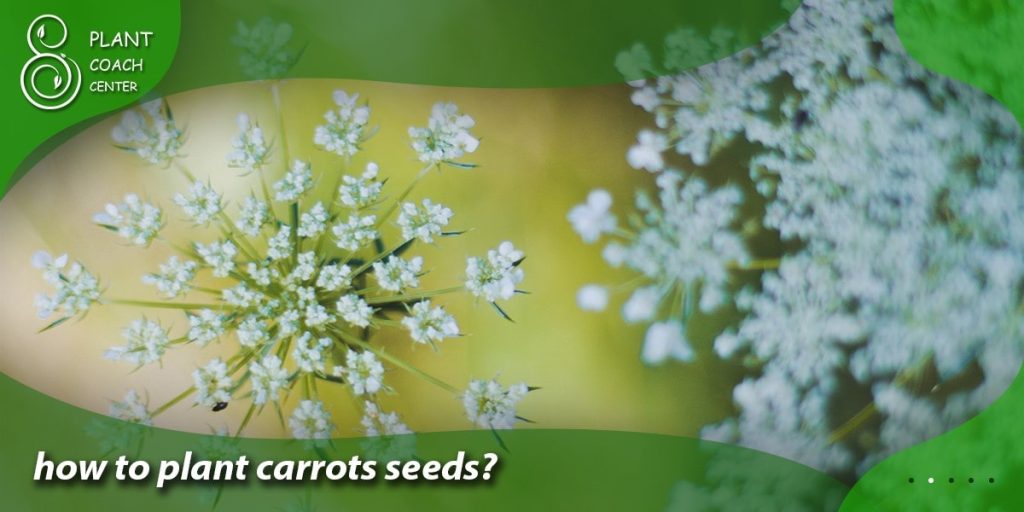
Early Spring Delights
As winter’s grip begins to loosen, gardeners’ hearts stir with anticipation for the arrival of spring and the promise of fresh growth. Early spring is a magical time to sow the seeds of vibrant carrots, setting the stage for a harvest that can be savored sooner than you might think.
Advantages of Early Spring Planting
Faster Harvest
Early spring carrots often mature more quickly than those sown later in the season. You can enjoy pulling crisp, sweet carrots from the earth sooner, adding freshness to your early-season meals.
Optimal Soil Conditions
Early spring offers soil that’s still moist and relatively cool from winter’s rains. Carrot seeds thrive in these conditions, germinating more readily and establishing robust root systems.
Less Pest Pressure
Planting carrots early in the season can help avoid common pests that become more active during warmer months. This can lead to healthier plants and less need for chemical interventions.
Extended Growing Window
By getting a head start on the growing season with early spring planting, you create room for succession planting. This means you can follow up with another round of carrot seeds a few weeks later, ensuring a continuous harvest throughout the season.
Tips for Successful Early Spring Planting
Prep the Soil
When the ground is workable, prepare the soil by loosening it to a depth of at least 6 inches. Mix in compost or well-rotted manure to improve soil structure and fertility.
Choose the Right Variety
Opt for carrot varieties known for their quick growth. Early Nantes, Thumbelina, and Paris Market are all excellent options for early spring planting.
Sow Carefully
Carrot seeds are tiny, and proper spacing is crucial. Sow the seeds thinly to avoid overcrowding. You can also mix carrot seeds with sand for more even distribution.
Protect Against Cold Snaps
Since early spring still brings chilly nights, consider using row covers or cloths to protect young carrot seedlings from unexpected frosts.
Thinning Seedlings
Once the seedlings have grown a few inches tall, thin them to about 2 inches apart. Thinning prevents overcrowding, allowing the remaining carrots to develop correctly.
Regular Watering
Keep the soil consistently moist during germination and early growth. A layer of mulch can help retain moisture and regulate soil temperature.
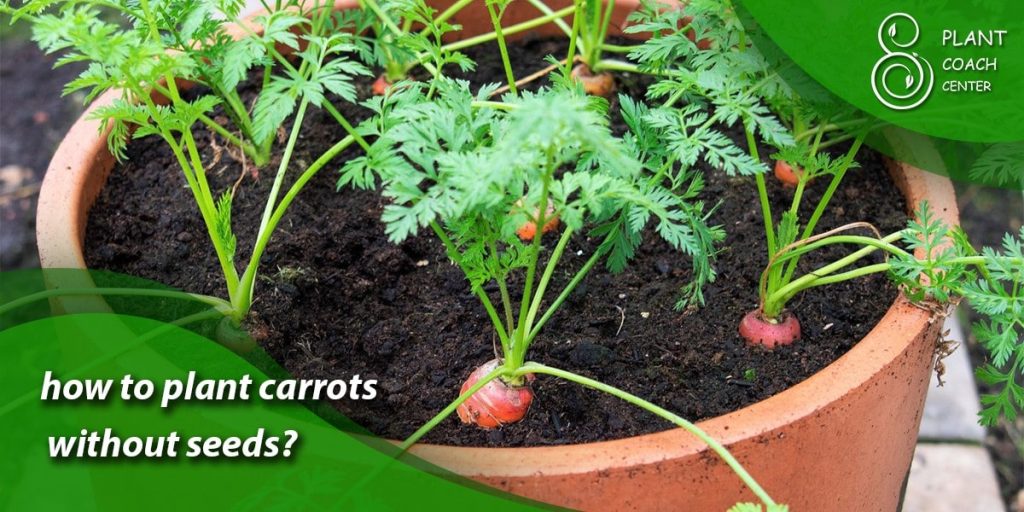
Fall Carrot Planting for a Late-Year Treat
As the warmth of summer wanes and leaves begin to don their autumnal hues, it’s the perfect time to consider sowing the seeds of fall carrots. Fall planting offers unique advantages, allowing you to enjoy a delightful late-year harvest and the enhanced flavors that come with cooler temperatures.
Benefits of Fall Carrot Planting
Flavor Intensification
Carrots thrive in cool weather, and the chill of fall actually enhances their sweetness. As the temperatures drop, carrots convert more starches into sugars, resulting in a more delectable flavor profile.
Reduced Pest Pressure
Many pests that can plague carrot crops during the warmer months tend to decrease in number as fall progresses. You’re less likely to encounter challenges like carrot rust flies and aphids.
Extended Storage
Fall-harvested carrots often have thicker skins and a more remarkable ability to store well, making them a valuable addition to your cold storage as winter approaches.
No Worries of Premature Bolting
Carrots are notorious for “bolting” or prematurely sending up flowering stalks during warm weather. Fall planting eliminates this concern, allowing the carrots to focus their energy on root development.
Tips for Successful Fall Carrot Planting
Timing Matters
Plant fall carrots about 10 to 12 weeks before your area’s first expected frost date. This allows the carrots to mature before the coldest temperatures arrive.
Prepare the Soil
Just like with spring planting, ensure the soil is loose and well-draining. If the ground has become compacted during summer, loosen it with a fork or tiller.
Choose Cold-Tolerant Varieties
Opt for carrot varieties known for their cold tolerance and ability to withstand frost. Bolero, Napoli, and Autumn King are excellent choices for fall planting.
Thin Wisely
Since fall carrots have more time to develop, you can space them slightly closer together than spring-planted carrots. Aim for about 3 inches apart, as the cooler temperatures reduce the overcrowding risk.
Protect Against Frost
If frost threatens before your carrots are fully mature, use row covers, cloths, or even straw mulch to provide insulation and protect the delicate roots.
Harvest Before Deep Freeze
Be sure to harvest your fall carrots before the ground freezes solid. Consider leaving some of them in the ground under a thick layer of mulch for a winter harvest if your region experiences mild winters.
Companion Planting and Succession Sowing
Unlock the full potential of your carrot patch by tapping into the art of companion planting and mastering the technique of succession sowing. These strategies offer improved growing conditions for your carrots and a harmonious garden ecosystem that benefits all your plants.
Companion Planting
Lettuce
Pairing carrots with lettuce creates a dynamic duo. Lettuce provides a bit of shade for the soil, helping to keep it more relaxed and preventing it from drying out too quickly. In return, carrots offer some root protection to lettuce, reducing the risk of it bolting prematurely in the summer heat.
Onions and Garlic
The pungent aroma of onions and garlic can help deter pests that might otherwise bother your carrot crop. Plus, the tall growth of onions and garlic won’t overshadow the low-growing carrots, making them excellent companions.
Radishes
Radishes are often called “companion plants for carrots” because they help break up compacted soil as they grow. Their quick growth also makes them an excellent marker for carrot rows, and they can be harvested before they start interfering with the carrots’ space.
Succession Sowing
Continuous Harvest
Succession sowing involves planting small batches of carrot seeds at intervals, ensuring a continuous supply of fresh carrots. This technique is beneficial for root vegetables like carrots, which can be harvested over some time rather than all at once.
Extend the Season
By sowing multiple times throughout the growing season, you can extend the availability of carrots well into the fall. This is particularly beneficial if you enjoy having fresh produce for a more extended portion of the year.
Risk Management
Succession sowing helps you hedge your bets against factors like poor germination, pests, or unfavorable weather. If one planting doesn’t do well, the next one might thrive.
Size Variation
Carrot varieties can vary in size and maturity. By using succession sowing, you can grow a mix of carrot types, from baby carrots ready in just a few weeks to larger varieties that take a bit longer to reach full size.
Tips for Successful Companion Planting and Succession Sowing
Plan Ahead
Determine the ideal spacing and timing for your companion plants and successive carrot sowings. Create a planting schedule to ensure a smooth progression throughout the season.
Mark Your Rows
Clearly mark the rows where you’ve planted different carrot varieties or companion plants. This prevents confusion as your garden grows and changes over time.
Monitor and Adjust
Keep an eye on your garden’s progress. Adjust your planting and spacing based on how well each batch grows and how quickly you harvest.
Rotate Crops
To prevent soil-borne diseases and nutrient depletion, avoid planting carrots or their companion plants in the same spot year after year. Practice crop rotation for a healthier garden overall.
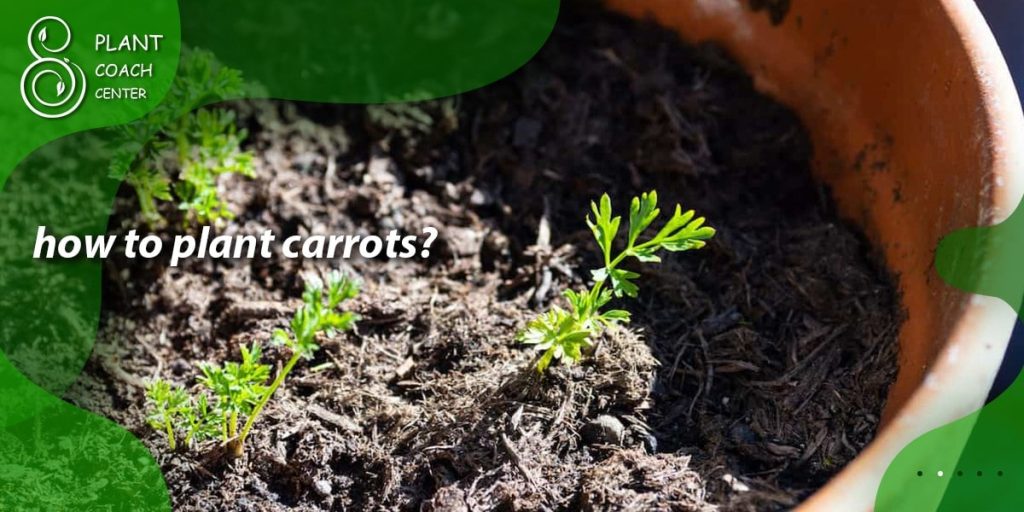
Indoor vs. Outdoor Start
The decision to start your carrot seeds indoors or sow them directly in the garden can impact the overall success of your carrot-growing endeavor. Each approach has advantages and considerations, allowing you to tailor your strategy to your gardening style and local conditions.
Indoor Start
Starting carrot seeds indoors offers several benefits, especially in regions with short growing seasons or unpredictable weather.
Advantages
Extended Growing Season: By giving your carrot seeds a head start indoors, you can extend your growing season and potentially harvest carrots earlier than if you were to sow directly in the garden.
Controlled Environment
Indoor seed starting provides a controlled environment where you can ensure optimal germination conditions, such as temperature and moisture levels.
Protection from Pests
Young carrot seedlings are vulnerable to pests like slugs and snails. Starting indoors can help you establish solid and pest-resistant seedlings before transplanting them outdoors.
Thinning Efficiency
Thin out seedlings more effectively indoors, ensuring proper spacing and reducing plant competition.
Transplant Shock
Transplanting delicate carrot seedlings can sometimes lead to transplant shock, which might result in slower growth or temporary setbacks.
Pot Size
Carrots have long taproots, so ensure the containers you choose are deep enough to accommodate their root growth.
Hardening Off
Seedlings started indoors must gradually acclimate to outdoor conditions to prevent shock. This process, called “hardening off,” takes time and attention.
Outdoor Start
Directly sowing carrot seeds in the garden is a traditional approach with advantages.
Advantages
Less Transplant Shock: Sowing seeds directly in the garden eliminates the risk of transplant shock, allowing carrots to establish themselves right where they’ll ultimately grow.
Natural Timing
Outdoor sowing aligns with the natural growing cycle of carrots, making them less likely to become stressed by being transplanted.
Simplicity
Sowing directly in the garden can be more straightforward and requires less equipment than indoor seed starting.
Weather Variability
Depending on your local climate, early spring or late summer outdoor sowing might be subject to unpredictable weather conditions that could affect germination.
Seedling Survival
Carrot seedlings started outdoors may face challenges like bird predation or weed competition before they become established.
Thinning Challenges
Thinning can be more challenging outdoors due to the tiny size of carrot seeds. Thin seedlings carefully to avoid disturbing the remaining plants.
Best of Both Worlds
Consider a combination of approaches. Start some carrot seeds indoors to get a jump on the season, and sow others directly in the garden for a more natural and straightforward experience. This hybrid strategy allows you to enjoy the benefits of both methods while diversifying your carrot planting for a greater chance of success.
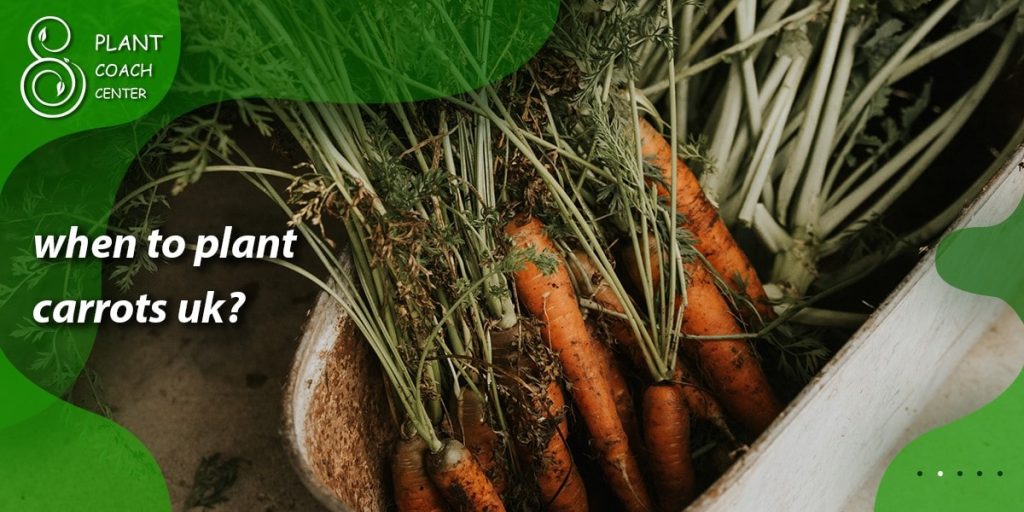
Local Climate Considerations
When planting carrots, your local climate is critical in determining the optimal timing for sowing seeds. Understanding your region’s frost dates, growing season, and specific weather patterns will empower you to make informed decisions for a successful carrot harvest.
Frost Dates
Knowing the average dates of the last spring frost and the first fall frost in your area is crucial for planning your carrot planting schedule. Carrots are sensitive to ice, and planting too early can lead to poor germination or damage to young seedlings. Consult your local agricultural extension office or use online tools to find accurate frost date information for your location.
Growing Season Length
The length of your region’s growing season dictates how much time you have to nurture your carrot crop. In shorter growing seasons, consider early-maturing carrot varieties that can develop quickly and be harvested before the first fall frost. In longer growing seasons, you have more flexibility to experiment with different carrot varieties and planting times.
Microclimates
Your garden might have microclimates – small pockets with distinct weather conditions – due to factors like topography, nearby buildings, or bodies of water. These microclimates can affect soil temperature and exposure to sunlight, impacting the success of your carrot crop. Observe your garden to identify such microclimates and tailor your planting accordingly.
Soil Temperature
Carrot seeds require specific soil temperatures to germinate. If your local climate experiences late springs with cold soil, starting seeds indoors or using row covers can help warm the soil and promote successful germination. On the other hand, if you have a warm climate, be cautious about planting carrots too late in the season, as they might struggle with the heat.
Adapting to Climate Variability
Climate variability, such as unpredictable weather patterns and temperature fluctuations, can challenge even the most experienced gardeners. To adapt, consider using techniques like row covers, cloths, or mulch to protect your carrot plants from sudden frost or extreme heat.
Local Wisdom
Feel free to tap into the knowledge of local gardeners or join online gardening communities specific to your region. Hearing about others’ experiences with carrot planting in your local climate can provide invaluable insights and tips.
conclusion
In the captivating world of carrot cultivation, timing is the essence that brings forth a symphony of flavors, colors, and textures. Whether you’re a seasoned gardener or just starting to dip your hands into the soil, understanding when to plant carrots is the key to a successful and rewarding harvest. From the enchantment of early spring’s swift growth to the savory allure of fall’s cool-weather gems, each planting window offers a unique experience for both seasoned and novice growers.
So, whether you’re drawn to the art of companion planting, the precision of succession sowing, or the finesse of adapting to your local climate, the journey towards bountiful carrot crops begins with a well-timed seed. For more gardening insights, tips, and guidance, remember to explore the rich resources available at PlantCouchCenter.com – your ultimate companion in nurturing the natural beauty of your garden.
When is the best time to plant carrots?
Timing depends on your climate; sow early spring or late summer for optimal results.
Can I start carrot seeds indoors?
Yes, indoor starting gives a head start, but be cautious during transplanting.
What companion plants suit carrots?
Lettuce, onions, and radishes make excellent companions, providing shade and deterring pests.


